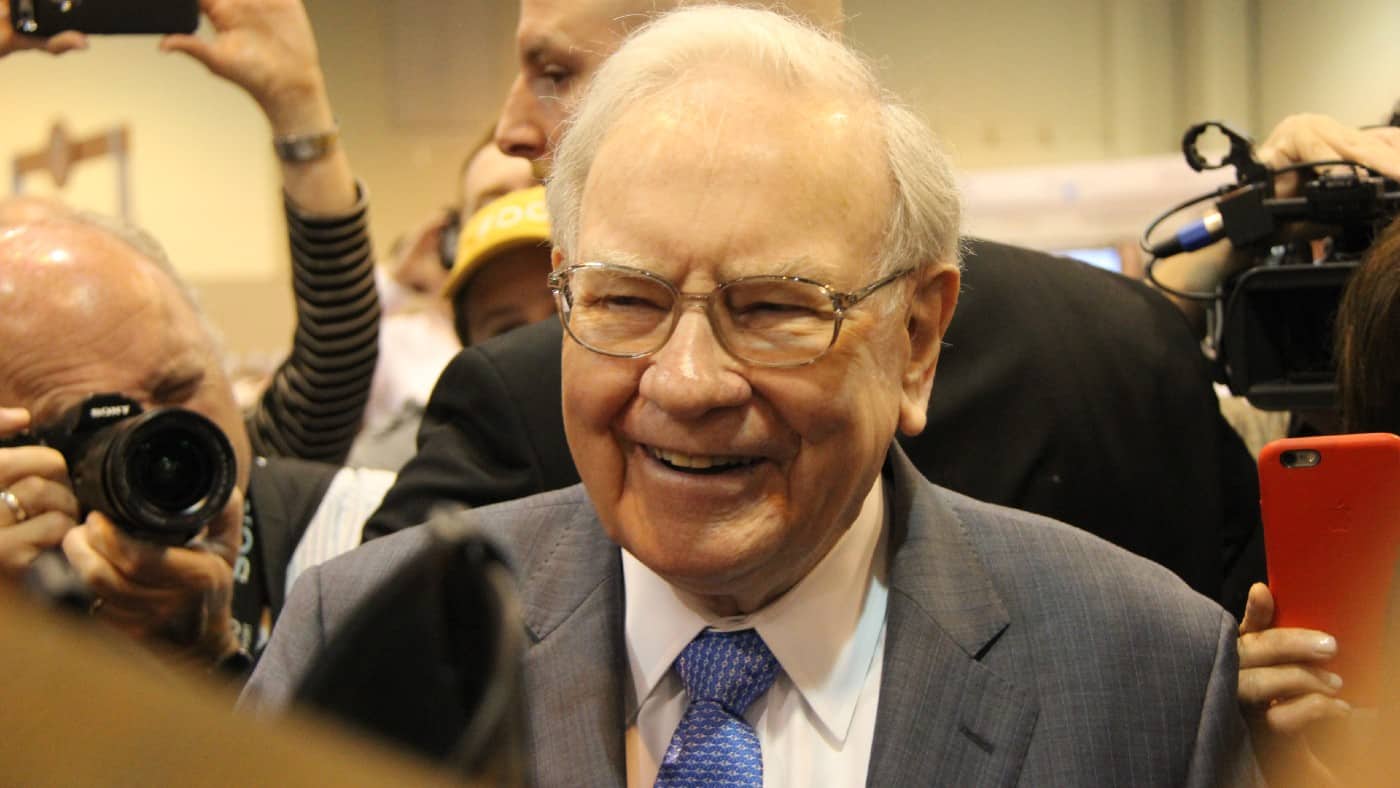Is Zomato’s Path to Profitability Sustainable in the Competitive Food Delivery Space?
Zomato is one the startups that grew in a short period of time and very well understood the needs of their customers. Deepinder and Pankaj started an initial version of Zomato called FOODIEBAY in the office of Vain & Company in Delhi. They created a website and uploaded a scanned copy of the food court’s […] The post Is Zomato’s Path to Profitability Sustainable in the Competitive Food Delivery Space? appeared first on Trade Brains.



Zomato is one the startups that grew in a short period of time and very well understood the needs of their customers. Deepinder and Pankaj started an initial version of Zomato called FOODIEBAY in the office of Vain & Company in Delhi.
They created a website and uploaded a scanned copy of the food court’s menu when they first opened for business as a private limited company.
After discovering they had struck gold by analyzing the traffic to their website, foodiebay.com, they expanded their services to Delhi-NCR, followed by Mumbai, Kolkata, and Bangalore (the metropolitan cities).
They introduced a mobile app, changed their name to Zomato, and extended their services to PAN India in November 2010. Now Zomato is a technology platform that provides customers with a convenient, on-demand solution to search and discover restaurants, order food, and have it delivered reliably and quickly.
Zomato’s IPO: A Rollercoaster Ride
Well, the thing is Zomato did not make a profit for the last six years ending FY23. When the company got listed in the Indian stock market in July 2021, it was making losses. However, Zomato made an exceptional debut on Dalal Street as the stock opened at 116 compared to the final offer price of 76, giving a 66 percent premium.
It has not been an easy ride ever since as the stock fell downwards reaching ₹46 in January 2023. But, they turned out profitable in Q1FY24 and remained profitable till Q3FY24 and remained so far. The stock has also surged 190 percent over the last year. Will the profitable run continue in the future as well? Well, let’s dive into the article to understand.
Zomato Food Delivery: A Growth Driver
ZOMATO’s primary business is food delivery, which accounted for 64% of company revenue in FY23. With a presence in up to +1,000 Indian cities, the company leads the online meal delivery market with a market share of more than 35%. Customers, delivery partners, and restaurant partners are the three main stakeholders involved in the food delivery industry.
Customers: In the fiscal year 2023, ZOMATO’s platform witnessed 17.1 million Monthly Transacting Users (MTUs) ordering food, compared to 14.7 million MTUs in FY22, with an average monthly ordering frequency of 3.4 times.
Delivery Partners: In Q1FY24, ZOMATO had approximately 352,000 active delivery partners, up from 327,000 in FY23, establishing itself as the largest hyperlocal delivery network in India. The company sustains an average delivery rate of 6 deliveries per partner per day.
Securing a substantial pool of delivery partners in metro cities poses a difficulty due to competition from other organized entities. Consequently, ZOMATO is extending its operations into Tier II & III cities where the availability of delivery partners surpasses that of metro areas.
Restaurant Partners: Restaurants play a crucial role in the food delivery industry by providing a diverse range of food options locally. The greater the number of restaurant partners, the greater the potential for increased Monthly Transacting Users (MTUs) on the platform.
In FY23, ZOMATO had 215,000 restaurant partners, up from 205,000 in FY22. Additionally, the number of orders per restaurant saw improvement, rising from 2,025 orders in FY19 to 3,280 orders in FY23.
Hyperpure: Enhancing Restaurant Supply Chains
ZOMATO introduced Hyperpure in August 2018, offering a farm-to-fork supply solution for restaurants across India. Through this service, the company directly sources fresh, hygienic, and high-quality ingredients from farmers, mills, producers, and processors to supply to its restaurant partners, enhancing the efficiency and predictability of their supply chains.
The range of supplied ingredients encompasses fruits, vegetables, groceries, dairy products, poultry, meats, seafood, bakery items, gourmet foods, packaged goods, and beverages.
In FY23, this segment contributed 21 percent to the total revenue. In February 2019, Hyperpure inaugurated a 30,000-square-foot warehouse in Bengaluru with a capacity to serve 4,000 metric tonnes per month. Following this, a larger 40,000-square-foot warehouse was established in Delhi in March 2019.
Presently, Hyperpure services are accessible in only 10 cities, with plans to expand the network to 20 cities by FY25.
Blinkit: A step towards business diversification
Zomato finalized its acquisition of Blinkit on August 10, 2022, after which Blinkit has functioned as a fully owned subsidiary of Zomato Limited.
Blinkit operates as a quick-commerce marketplace, delivering everyday products to customers within minutes. It maintains an extensive inventory comprising thousands of SKUs across various product categories, managed through a network of warehouses and distributed dark stores.
Blinkit’s financial reporting covers three quarters (Q2FY23-Q4FY23) of FY23, during which its revenue amounted to INR 806.3 crore, with a negative contribution of INR 243 crore.
Notably, there was a significant enhancement in contribution margins: from -30% for FY23 to -4% in Q1FY24, compared to -15% in Q4FY23. In FY23, Blinkit’s segment accounted for 11% of the total revenue.
Evolving Indian Food Delivery Space
Despite ZOMATO’s extensive expansion of its food delivery network to over 1,000 cities in India, the country’s food delivery market remains relatively small on a global scale.
In CY21, the total food delivery market in India was approximately US$ 10.8 billion, accounting for only 3.6% of the global market valued at US$ 296.4 billion during the same period.
Projections indicate that by CY27, the Indian food delivery market is expected to reach around US$ 20.3 billion, with a compound annual growth rate (CAGR) of 11.0%, compared to the global market’s growth rate of 7.8% over the same timeframe.
Although India represents a sizable market in absolute terms, there remains a shortage of pertinent restaurant supplies from an aggregator standpoint. The market’s characteristics involve a significant portion of suppliers operating in an unorganized fashion, offering low-value items unsuitable for inclusion on an aggregator platform.
Zomato exhibits one of the lowest Gross Order Values (GOV) and Average Order Values (AOV) compared to global counterparts. The ongoing enhancement of the food delivery ecosystem, and consequently Zomato’s growth, hinges on three key factors: a) the maturation of restaurants in India, b) heightened consolidation within the food services industry, and c) the expansion of restaurant chains in India.
Effects of Duopoly on the Indian Market
India’s food delivery market has experienced significant changes since its inception in the late 2000s, with numerous startups entering and exiting the sector. Most recently, Amazon decided to discontinue its efforts to expand its food delivery services in India. As a result, India’s food delivery landscape has evolved into a duopoly, dominated by Zomato and Swiggy.
The key to success for both companies lies in effective execution and establishing a distinctive niche within the ecosystem. Building robust networks of restaurant partners, delivery agents (to ensure swift delivery within approximately 30-40 minutes), and a large base of transacting users (MTU – 17.1 million for Zomato) should deter any additional competition in the industry.
But there is one important takeaway you need to understand before committing capital for investment. Zomato, established in 2008, and Swiggy, established in 2014, have pursued distinct paths in their quest to dominate the food sector.
Initially, Zomato relied on revenue from restaurant advertisements, whereas Swiggy focused solely on food delivery services. Over time, through various investments and acquisitions, both companies have expanded their offerings to include food delivery, dine-in options, quick commerce, restaurant advertisements, and more.
The respective apps of Zomato and Swiggy exhibit minimal differentiation, with both prominently featuring food delivery, dine-in, and quick commerce services, as well as a search bar at the top. The primary distinguishing factor seems to be Swiggy’s greater emphasis on its non-food delivery business compared to Zomato.
Conclusion
Zomato has come a long way since its beginnings as FoodieBay, evolving into a dominant force in India’s food delivery market. With its diversified offerings spanning food delivery, Hyperpure supply chain solutions, and the acquisition of Blinkit, Zomato appears well-positioned to capitalize on the growing food tech industry.
However, sustaining profitability remains a critical challenge. What do you think lies ahead for Zomato? Can it maintain its lead and continue its profitable run in the face of intense competition and market dynamics?
Written by Nalin Suriya S
By utilising the stock screener, stock heatmap, portfolio backtesting, and stock compare tool on the Trade Brains portal, investors gain access to comprehensive tools that enable them to identify the best stocks, also get updated with stock market news, and make well-informed investments.
The post Is Zomato’s Path to Profitability Sustainable in the Competitive Food Delivery Space? appeared first on Trade Brains.
What's Your Reaction?

























































